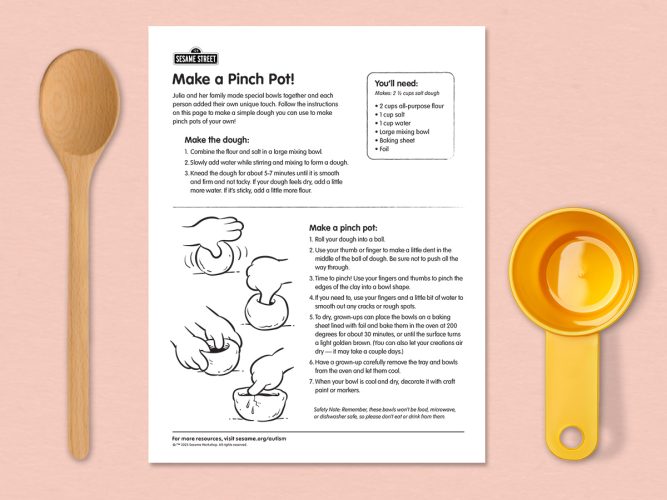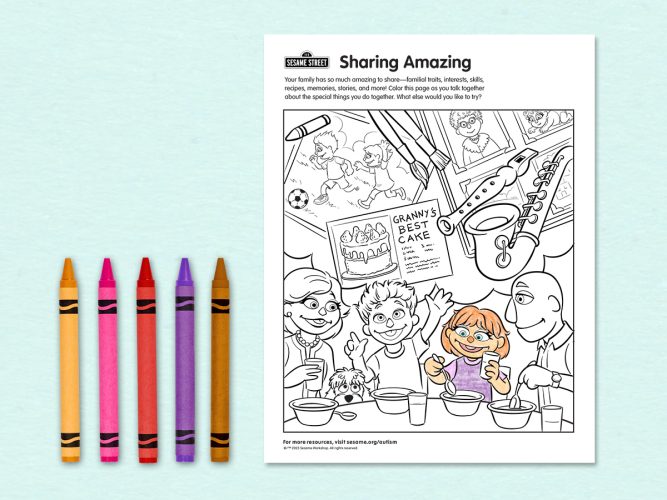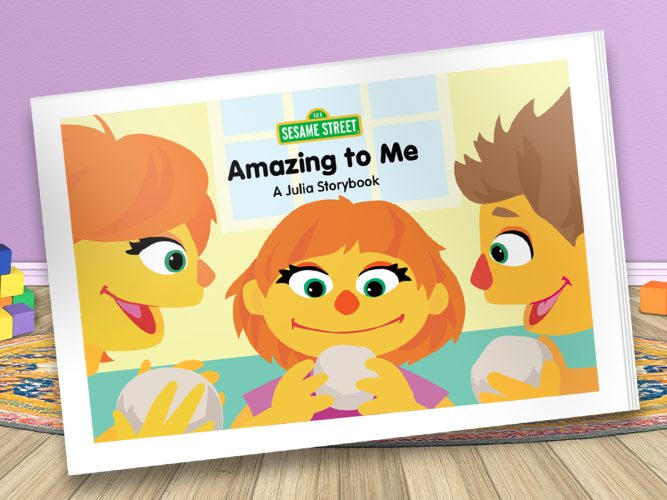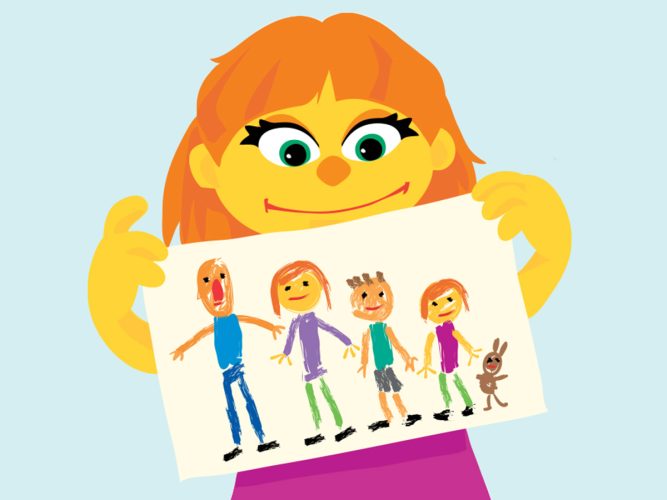
Using Visual Schedules
Tips for using pictures to help children understand what they’re doing, what’s expected of them, and what comes next.
by Wendy Stone, PhD, University of Washington, Department of Psychology http://uwreadilab.com
Children with limited language and communication skills may not be able to use words or clear gestures to indicate their wants, needs, and feelings. They’re also likely to have challenges understanding the language and gestures that others use—making their world unpredictable and frustrating. One way to help is to use pictures along with spoken words—after all, words disappear as soon as we use them, but pictures and other types of visual supports can be present for as long as needed!
Visual schedules can help prepare children for their day at home or school. Visual schedules can:
- show children what is expected of them: where they should be, what they’re supposed to be doing, and which activity will come next
- show activities or events they’re really looking forward to, such as a favorite game or a special snack
There are different types of visual schedules (examples here):
- ones that illustrate a sequence of home activities and routines (such as the steps involved going to bed or getting ready for school)
- schedules illustrating the sequence or order of all activities for the whole day and evening
- ones preparing children for new situations (such as going to the dentist or doctor)
- schedules that illustrate the sequence of events for occasional events, such as a shopping trip
To create a visual schedule, use index cards and poster board. Draw simple icons that illustrate different activities or steps (search online for “printable icons for autism”) and attach them to poster board in the order that they will occur, from left to right or from top to bottom. If possible, laminate the cardboard and pictures; if you use Velcro or sticky putty, you can re-use them and rearrange the order if necessary. As children complete each activity, they can remove the card and then move onto the next activity.
Start by keeping schedules short, and sprinkle in lots of rewards!

Setting and Achieving Goals
With support from a caring grown-up, autistic children can set goals, make a plan, and accomplish big things! Read on for expert parenting advice for parents of autistic kids.

Make a Pinch Pot!
Simple craft instructions to help your family make pinch pots from homemade dough together.

Sharing Amazing
An adult-child coloring page to spark ideas and connection.

Amazing to Me
When Julia and her family do a special art activity together, Julia finds a way to add her own amazing touch!

Exploring the Amazing in Autistic Children: A Conversation with Camille Proctor, Founder of The Color of Autism Foundation
An article to help parents discover and support their autistic child’s unique perspective and personality

Creative, Talented, Amazing: A Conversation with Anna Wang, Co-founder of FCSN, about fostering autistic children’s talents
An article to help parents foster creative exploration and expression in their autistic child.

Autism and the Arts: A Conversation on Creativity and Community
